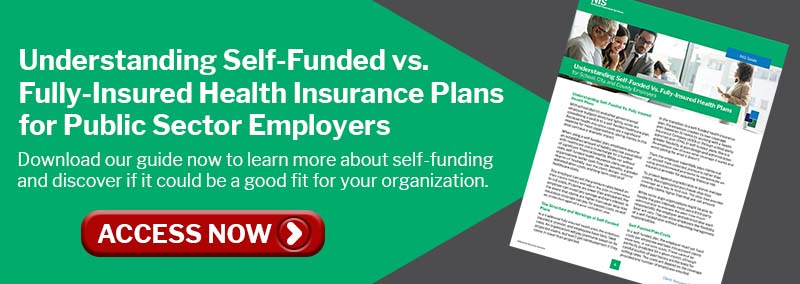1 minute read
The Department of Labor announced a new final rule which clarifies how to calculate an employee’s regular wage rate under the Fair Labor Standards Act (FLSA). The final rule will be effective starting January 15, 2020.
The first step in determining an employee’s overtime compensation is calculating the regular rate. Under the FLSA, an employee’s regular rate includes all forms of compensation paid to that employee in a workweek. The final rule clarifies what qualifies as compensation.
Calculating the regular rate includes all of an employee’s remuneration for employment including employee’s wages, commissions, bonuses, and premium payments. Items that are excluded include overtime pay, paid time off including compensation for sick days, holidays, and vacation, and the employer’s cost of providing employee benefits.
The last update to the regular rate calculation instructions was made over 60 years ago. Employers should become familiar with this final rule and adjust their payroll practices to account for this new guidance by January 15, 2020.

